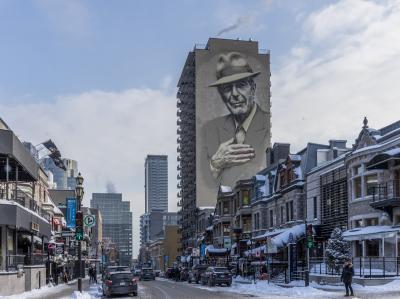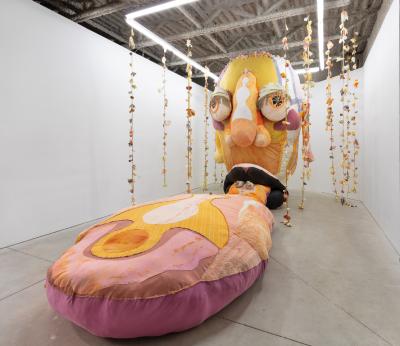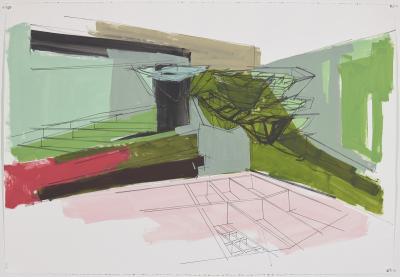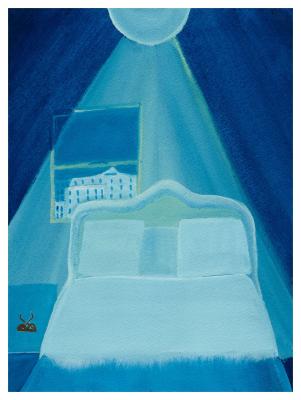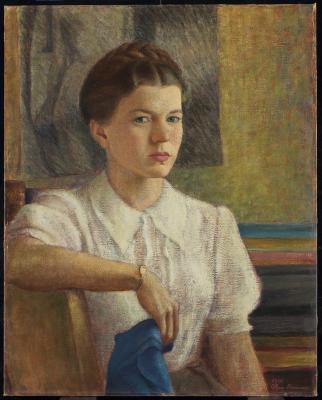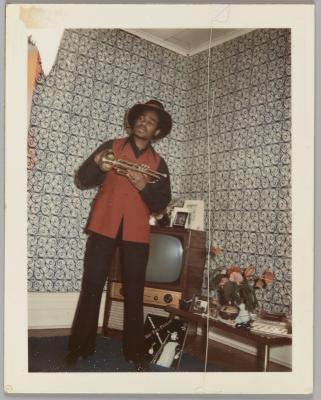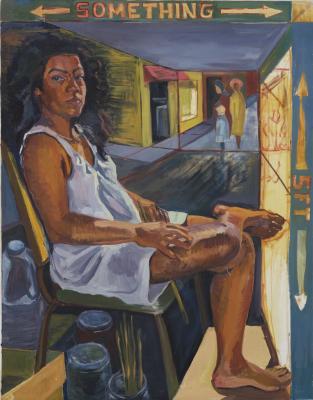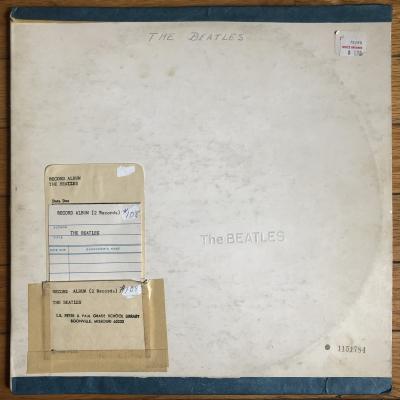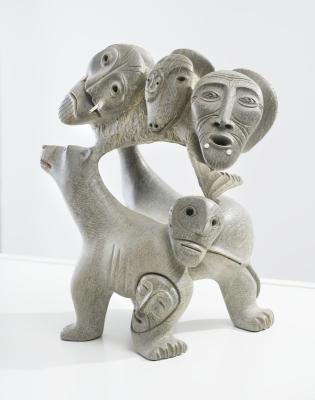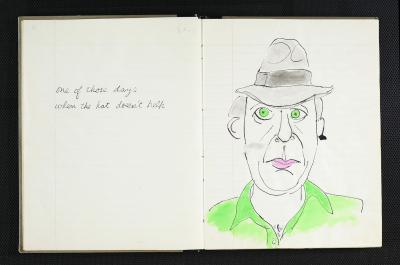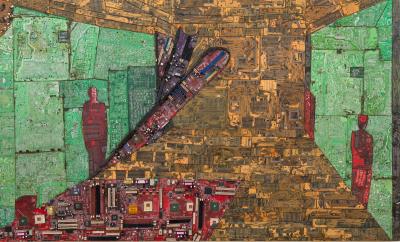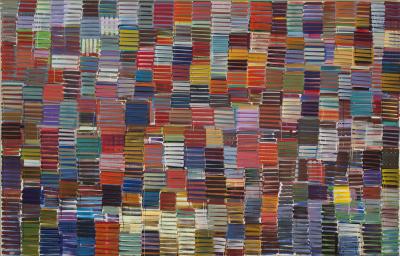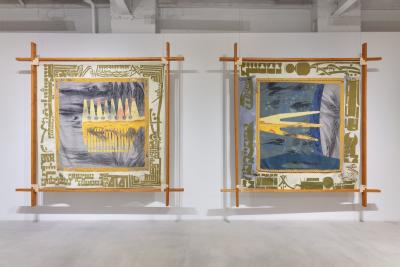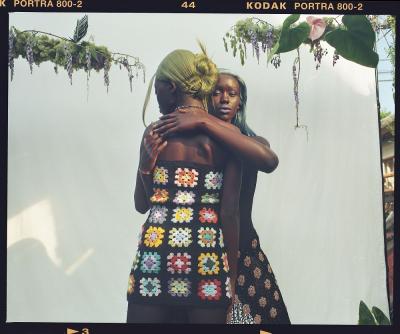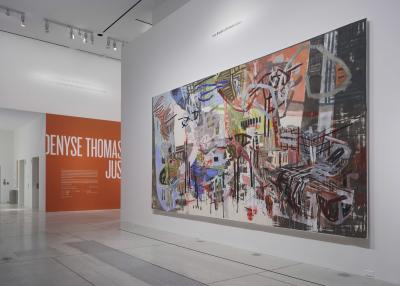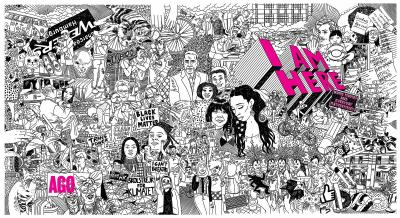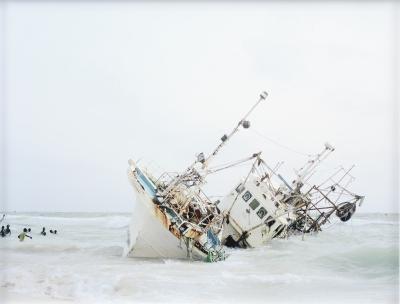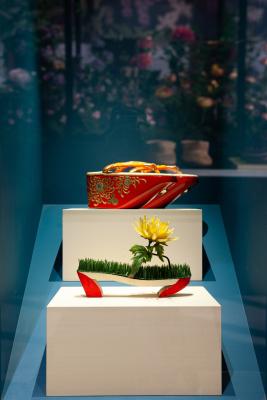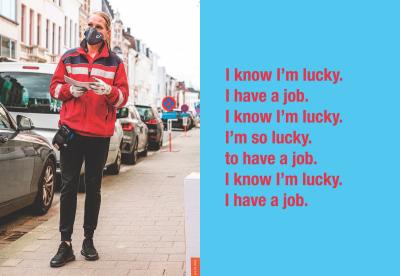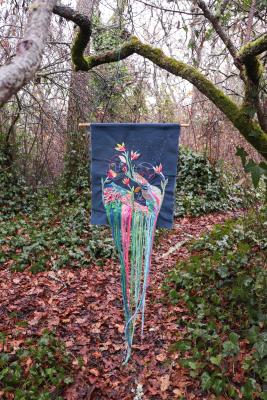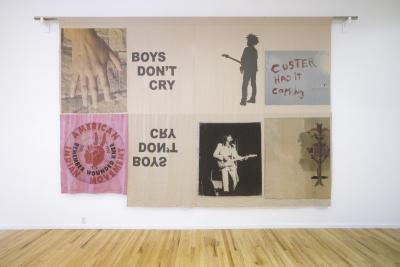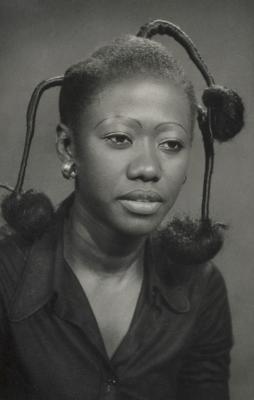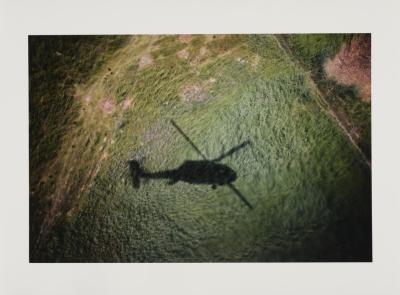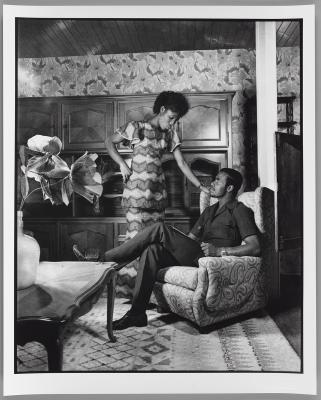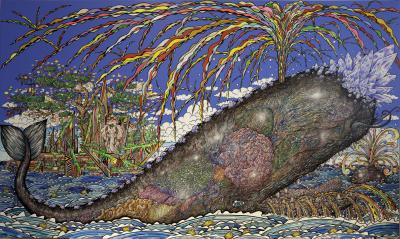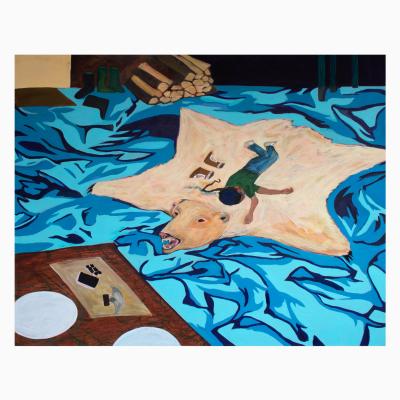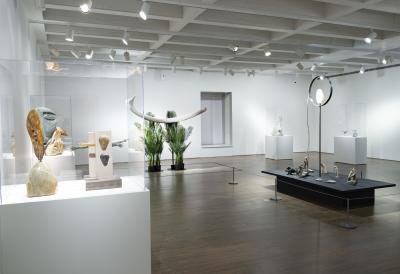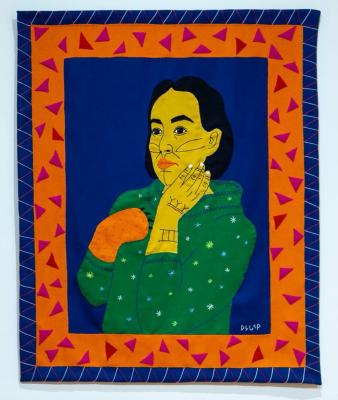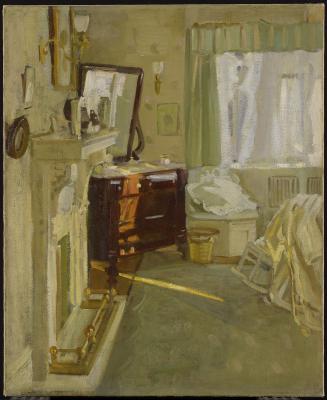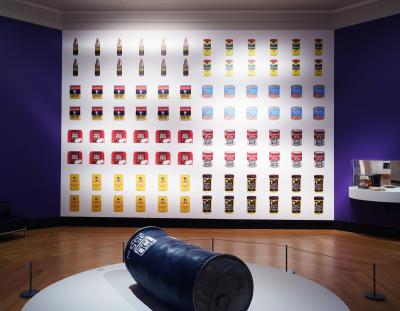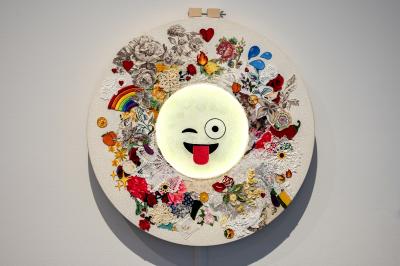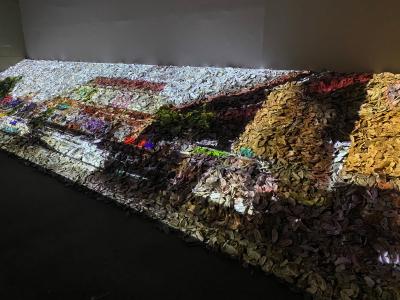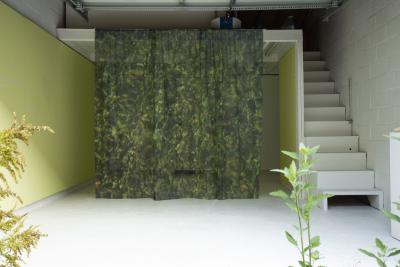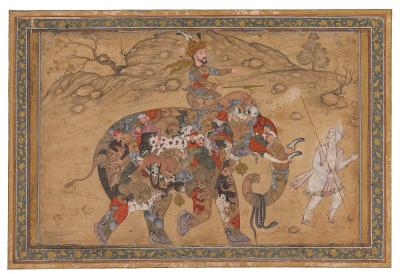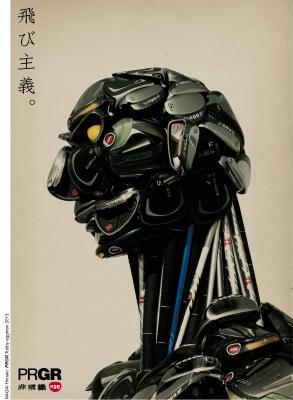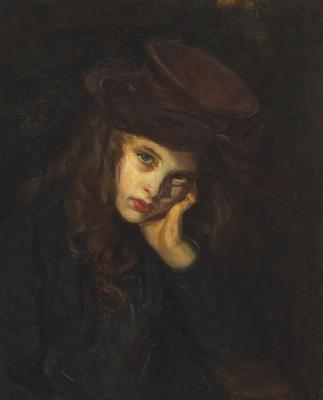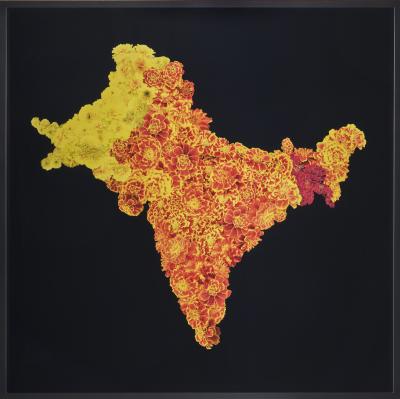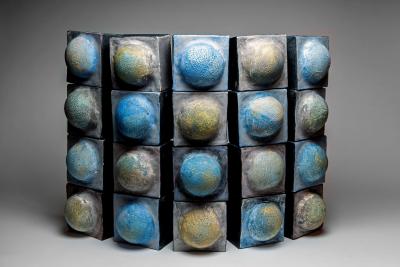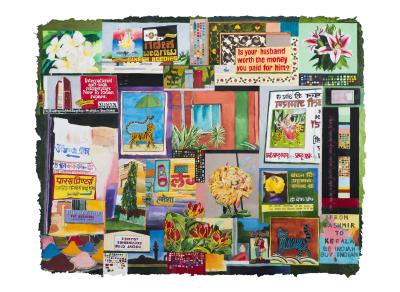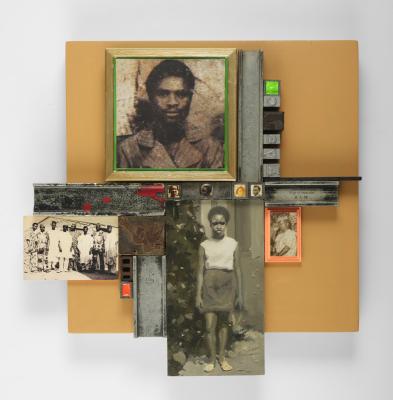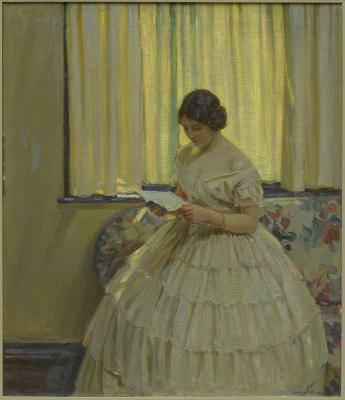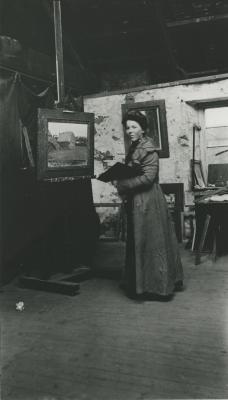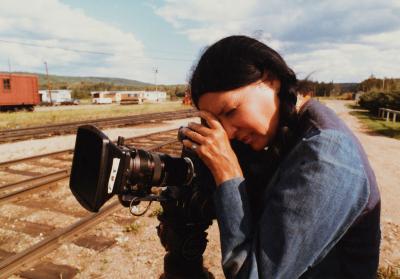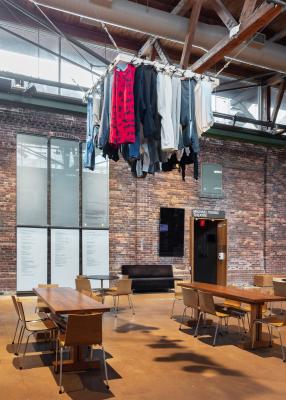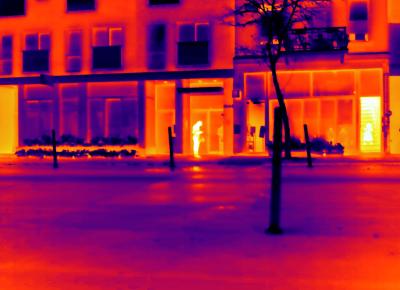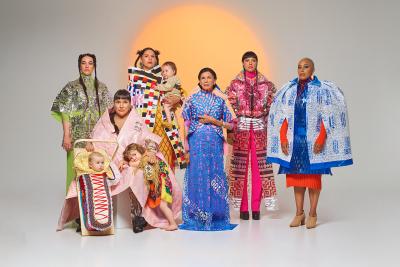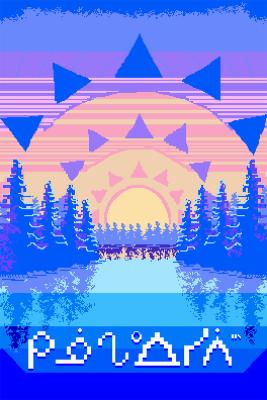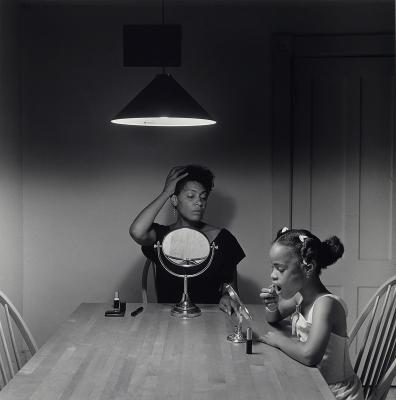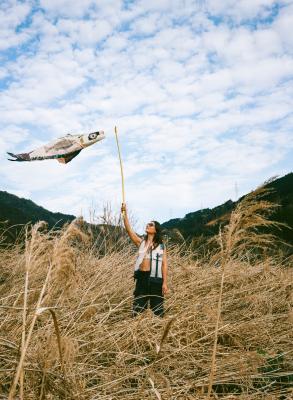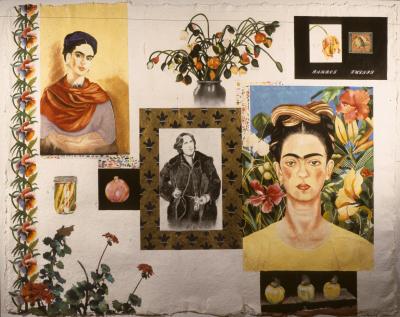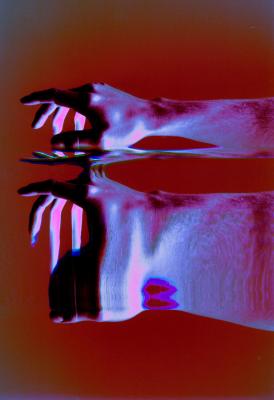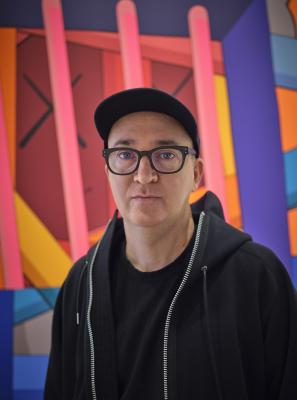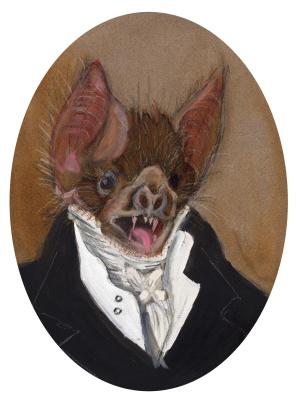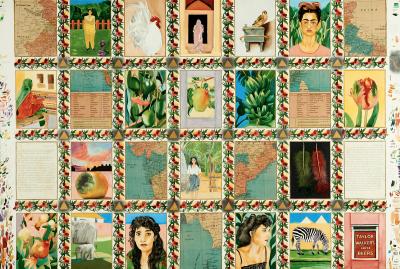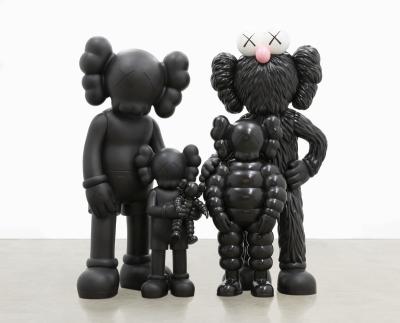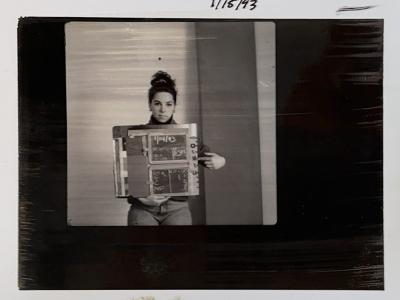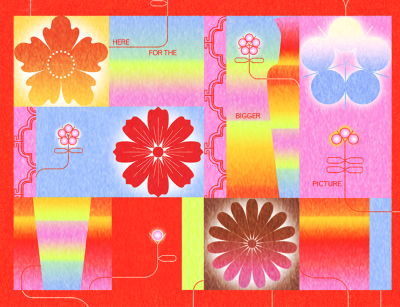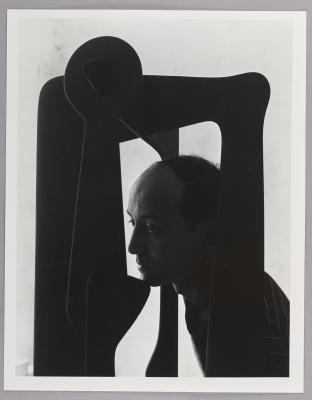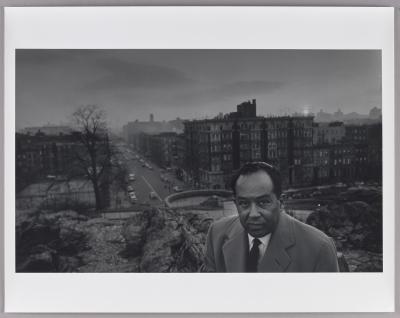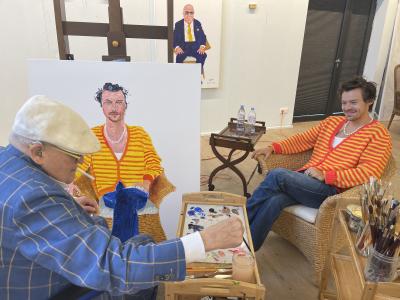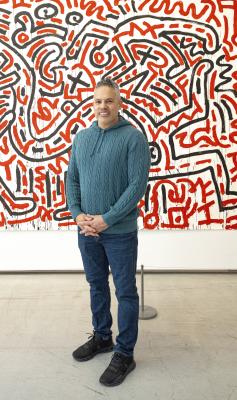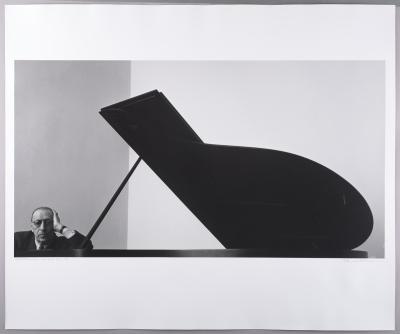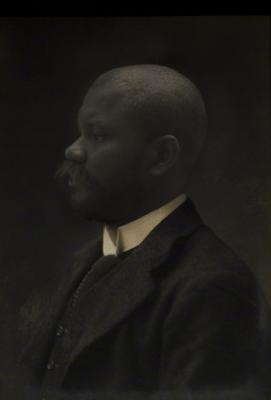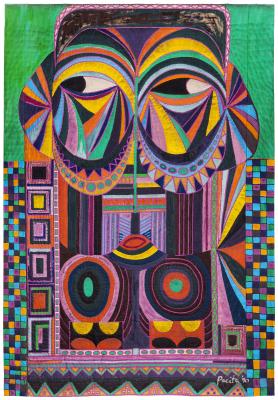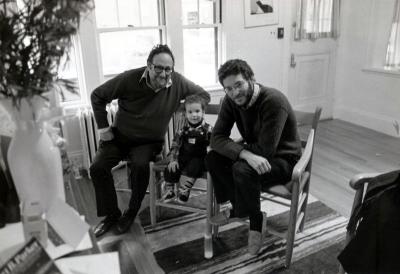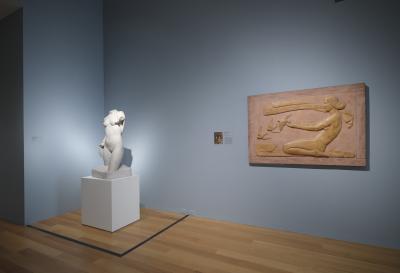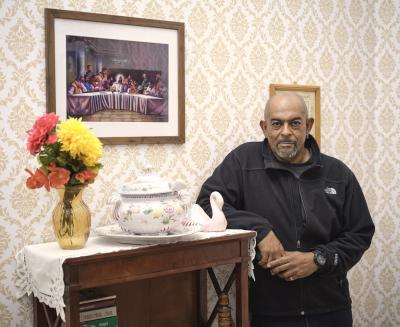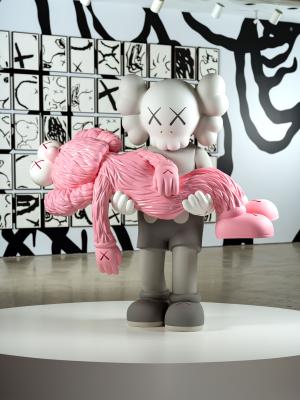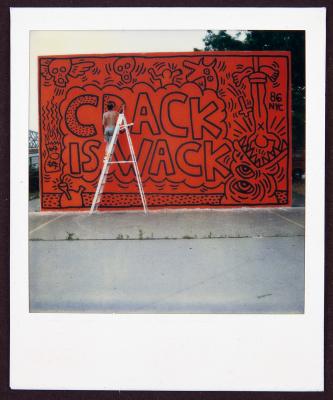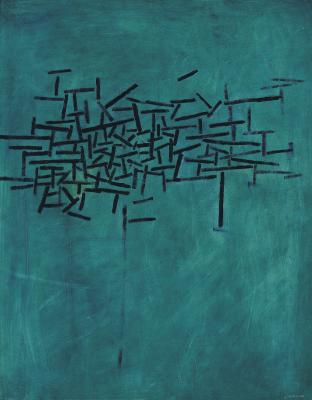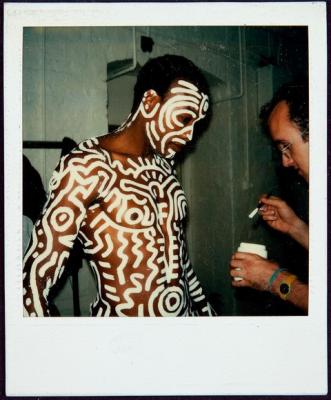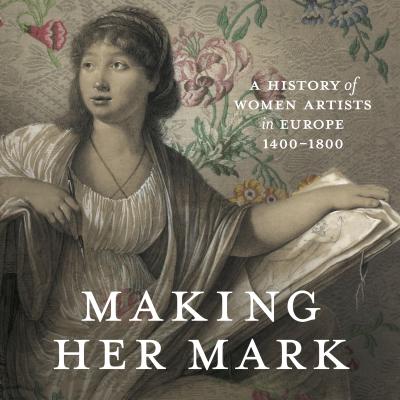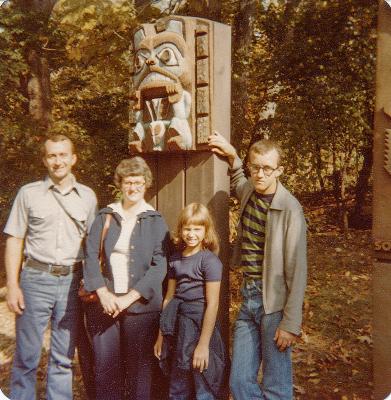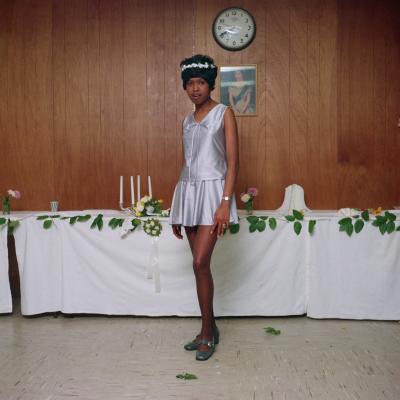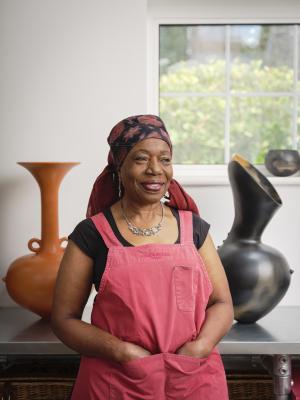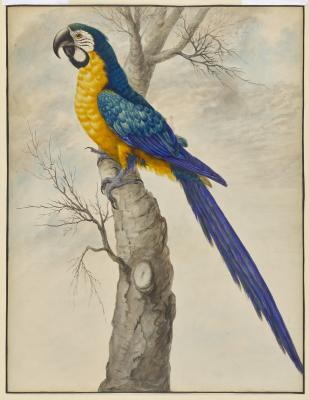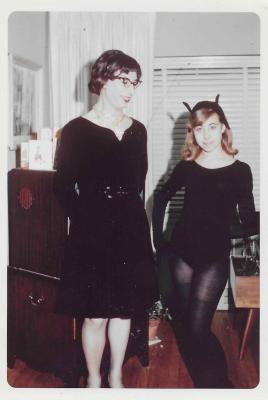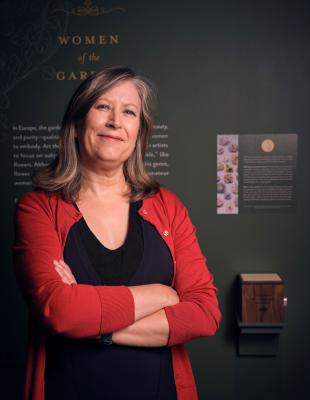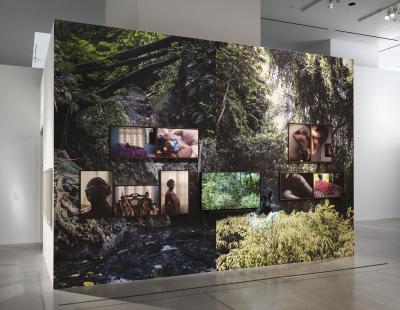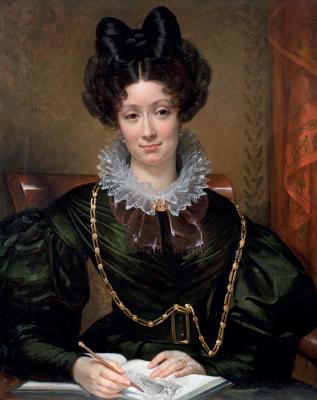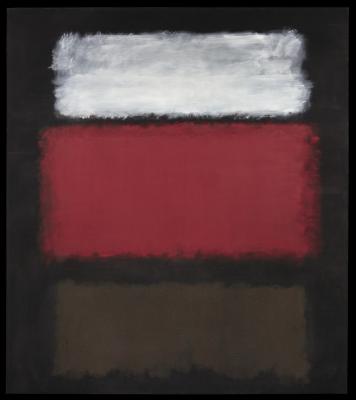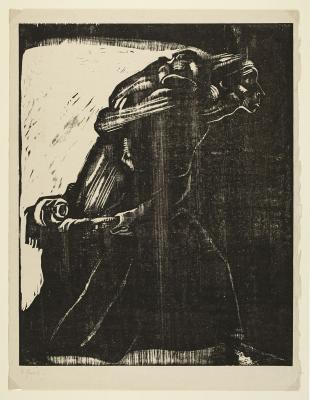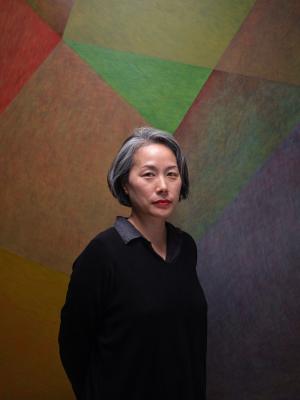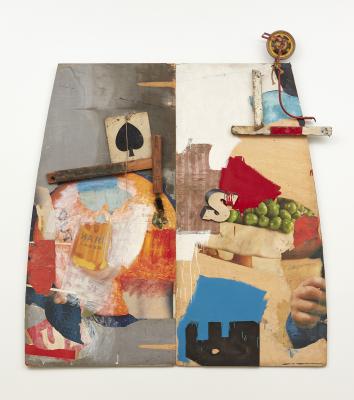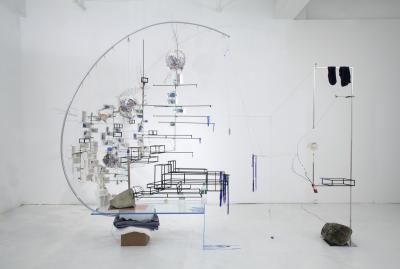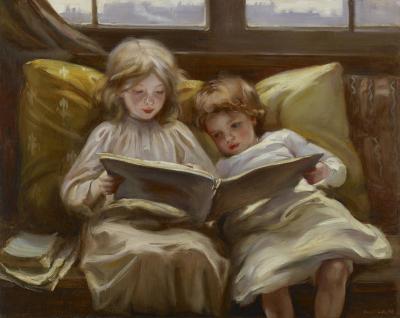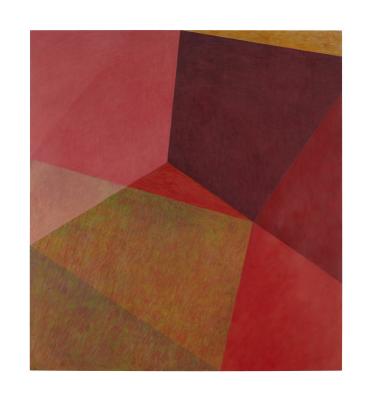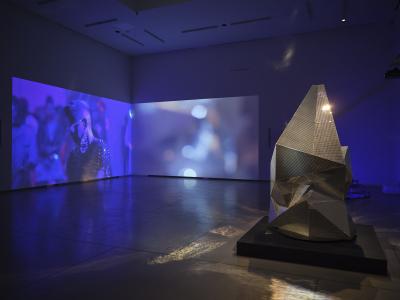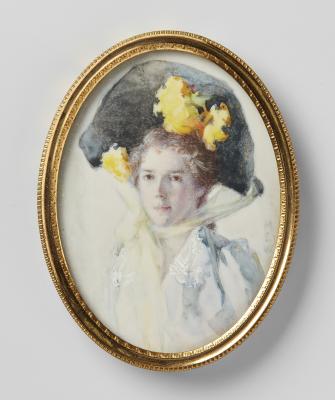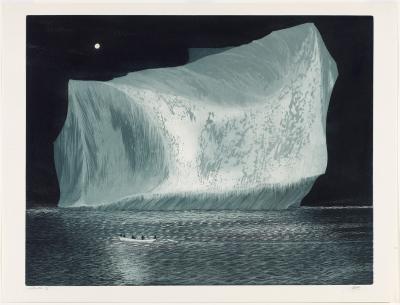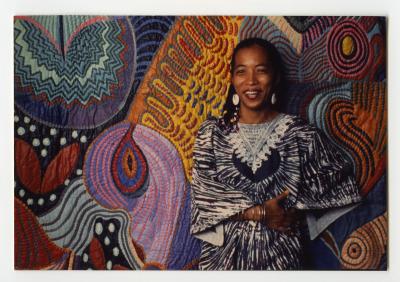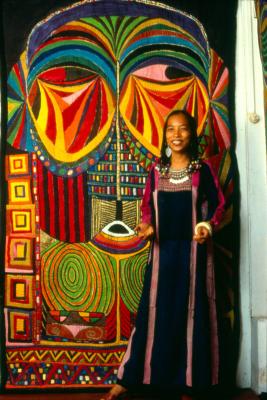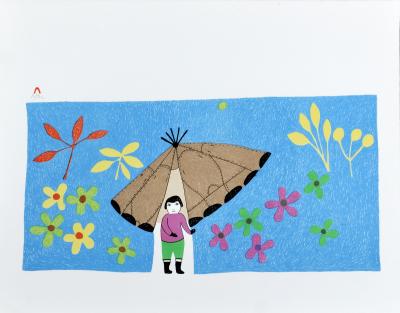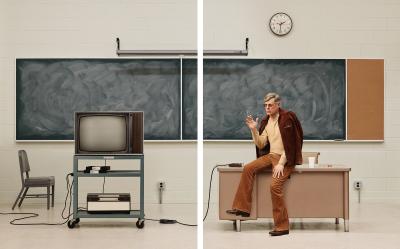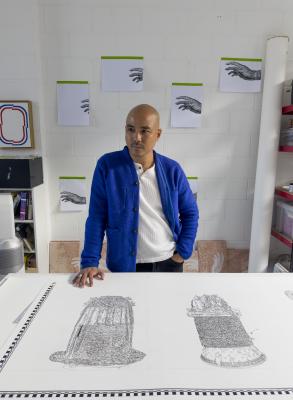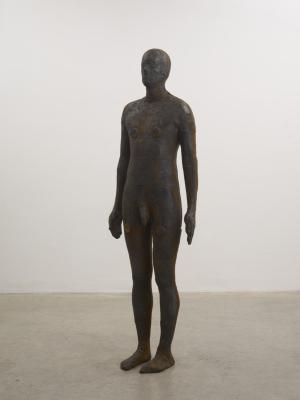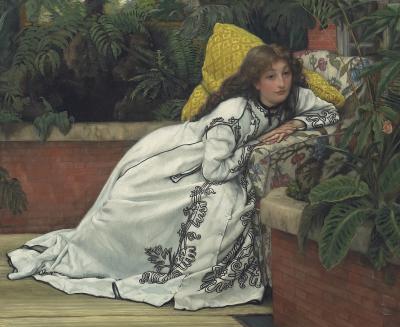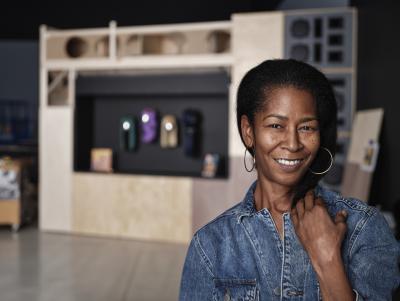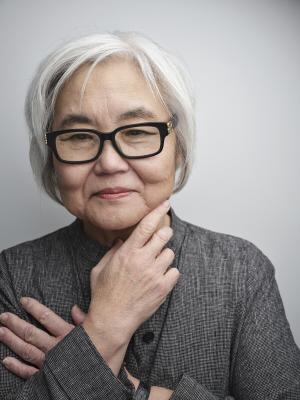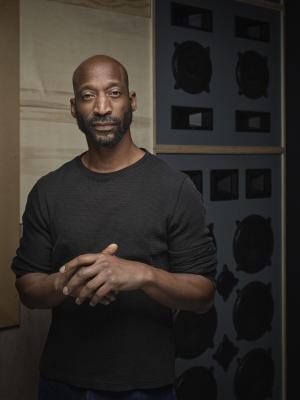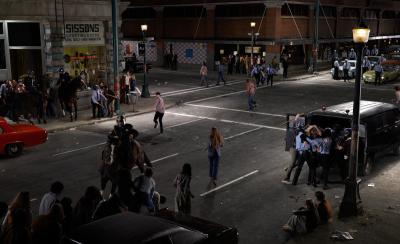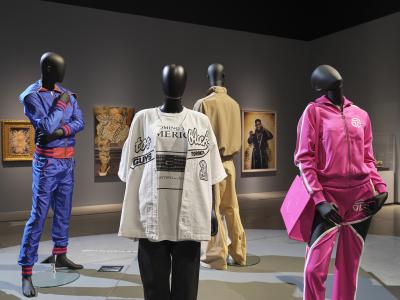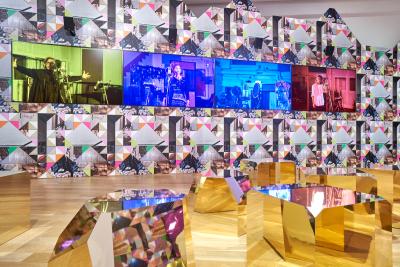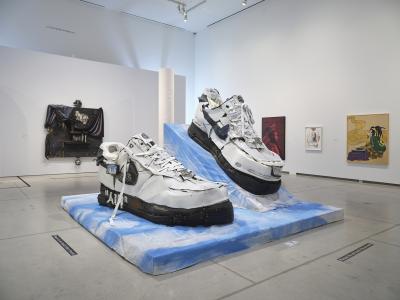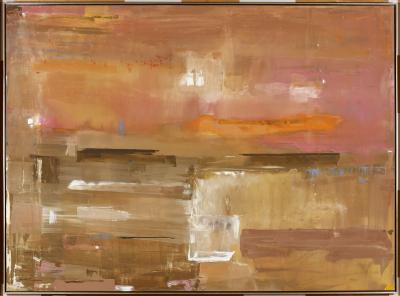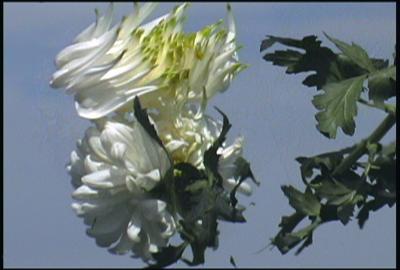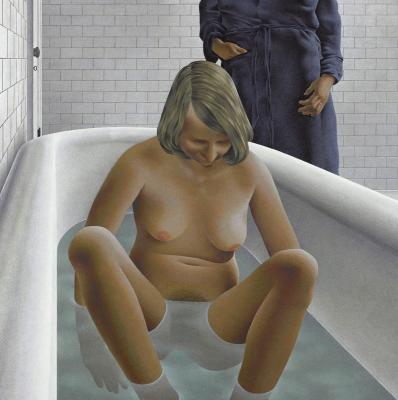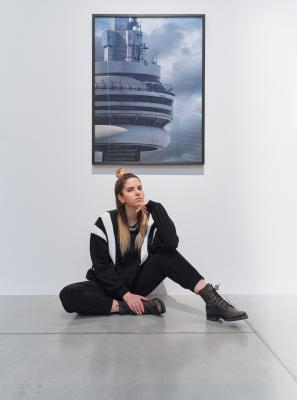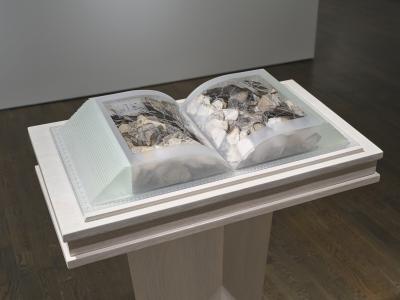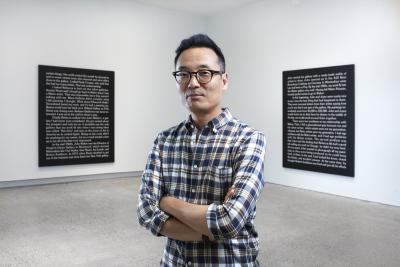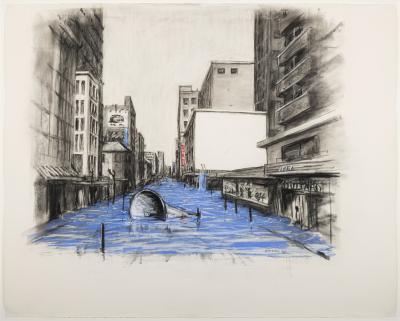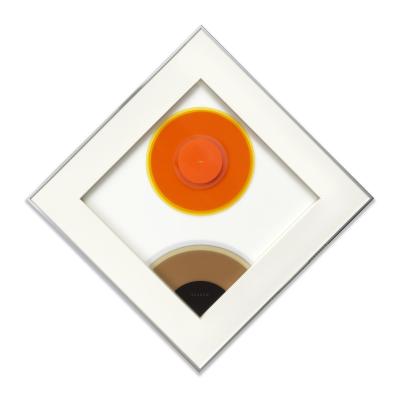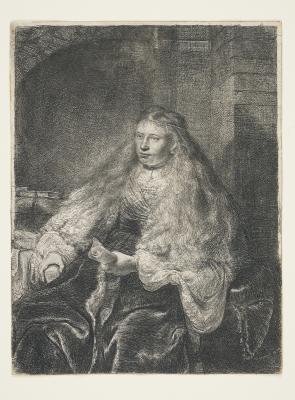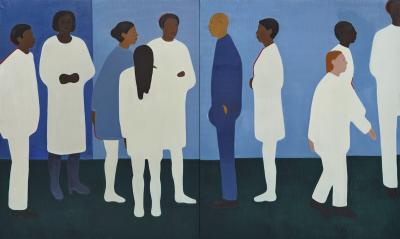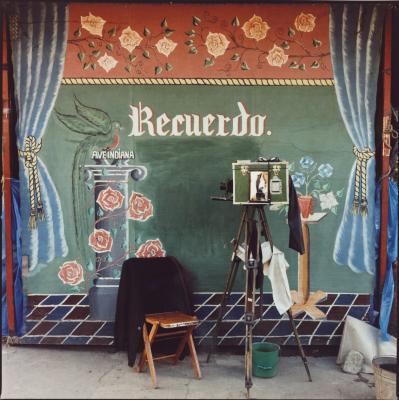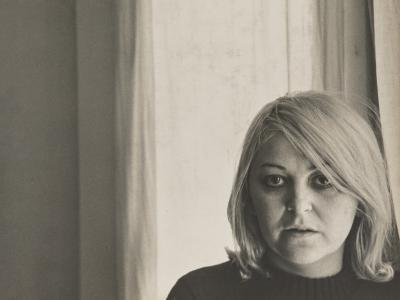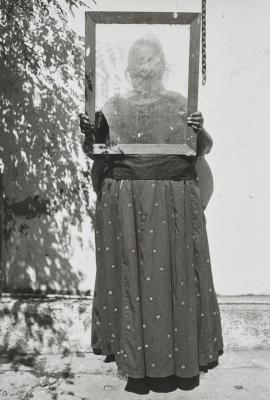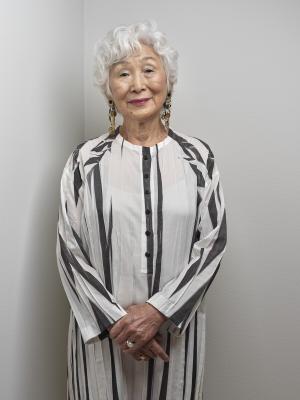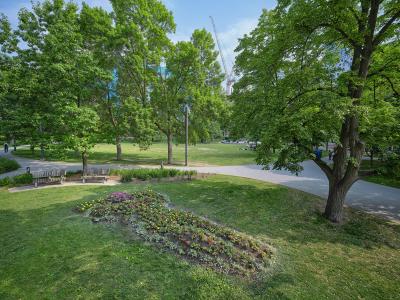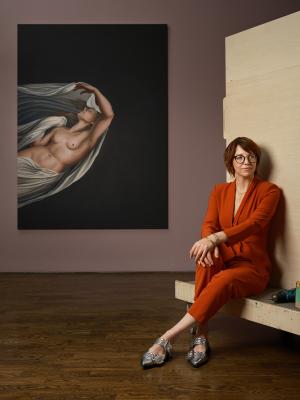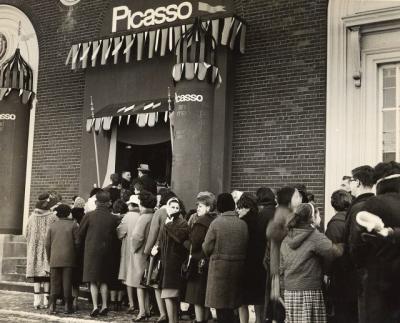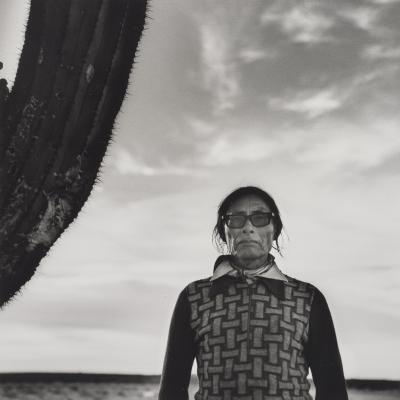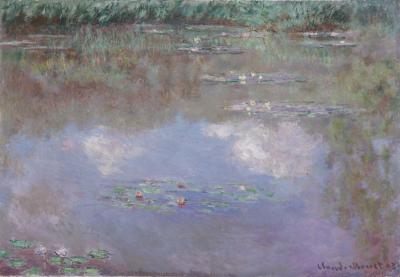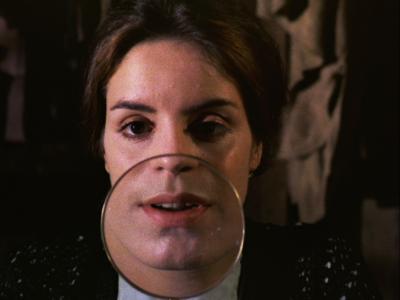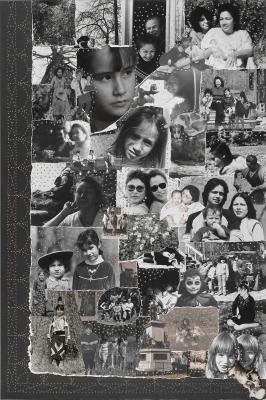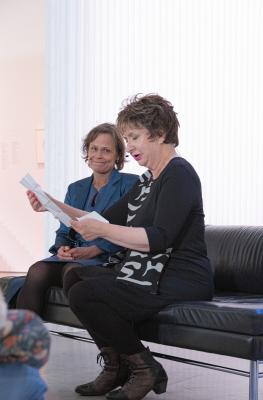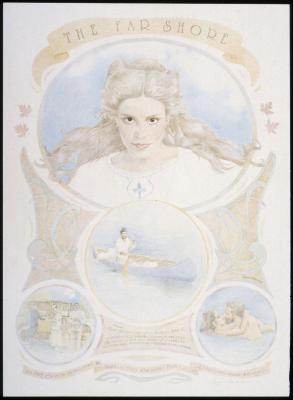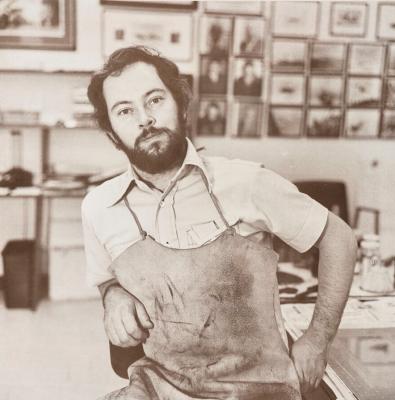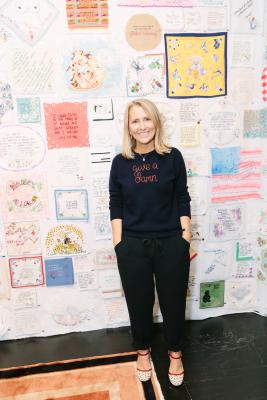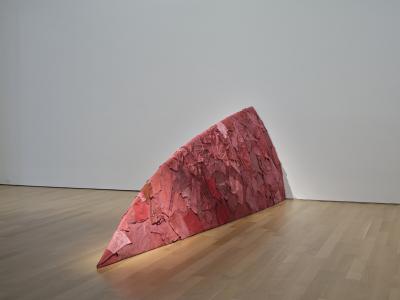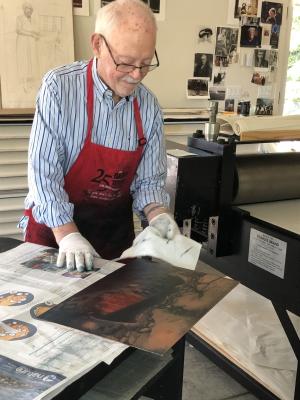Sarindar Dhaliwal’s Works on Paper
Curator Renée van der Avoird writes about Dhaliwal's colour-saturated works on paper
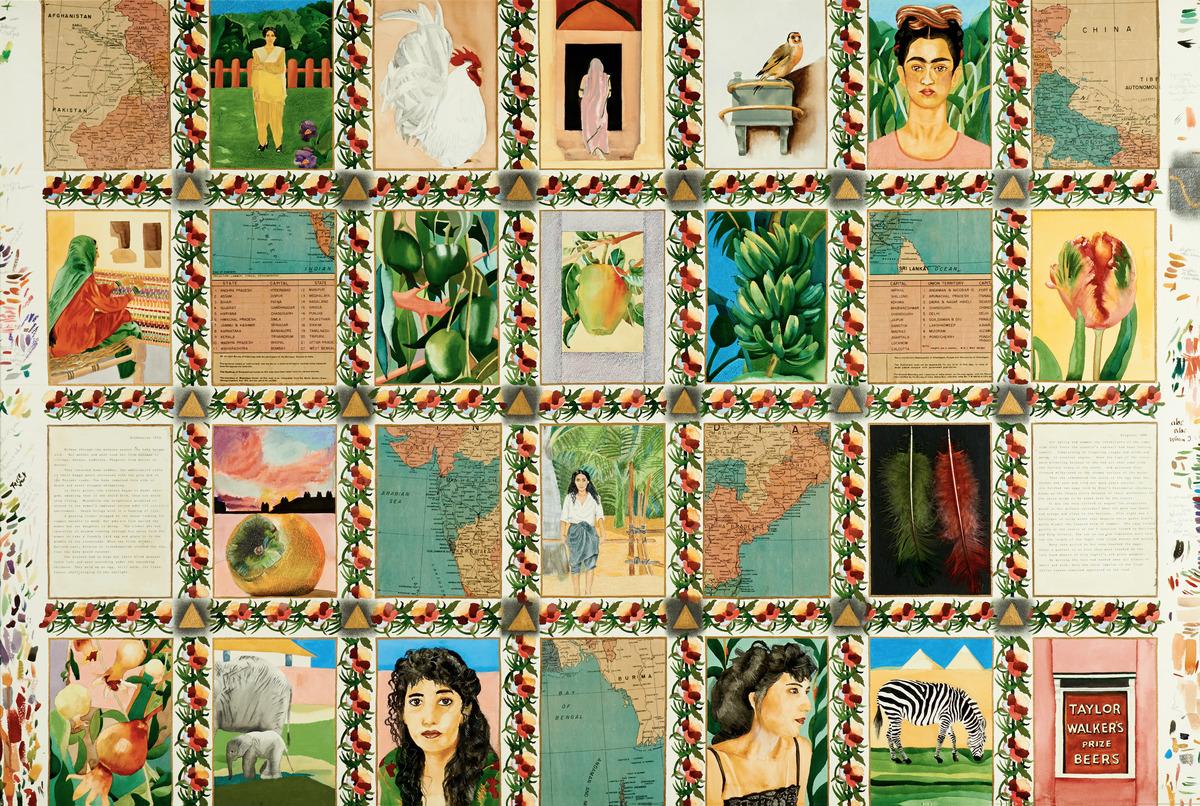
Sarindar Dhaliwal. Triple Self-Portrait with Persimmons and Pomegranates, 1988. Mixed media on paper, Overall: 108 × 159 cm. Collection of the Canada Council Art Bank. © Sarindar Dhaliwal. Photo: Lipman Still Pictures
In this essay for Foyer, Renée van der Avoird, AGO Associate Curator, Canadian Art, writes about the vivid colours, floral patterns and compelling imagery found in Sarindar Dhaliwal's works on paper. An installation of select works by Dhaliwal are now on view in the Mary & Harry Jackman Gallery (gallery 238) on Level 2 of the AGO. Previously, in 2023 and 2024, Dhaliwal's solo exhibition When I grow up I want to be a namer of paint colours was on view at the AGO
“Have you ever been to Lisbon?” she asks, sipping her strong black tea. At her Etobicoke home studio, Sarindar Dhaliwal tells me about the genesis of her 1988 mixed-media work, Triple Self Portrait with Persimmons and Pomegranates. “This motif was inspired by a painted tile I saw in Lisbon,” she says, describing the floral pattern that divides the composition into a grid. “It recurs often in my work.”
Like all of Dhaliwal’s work Triple Self Portrait with Persimmons and Pomegranates is characterized by saturated colour and compelling imagery. Deeply personal investigations into memory, identity and migration, her works are inspired by her travels and her experience living in India, England, and Canada. The artist notes: “My practice has always been connected to the emotional underpinnings of my life; collecting the bits of one’s history that have been fragmented and displaced across continents, cultures and homes. Amassing a self, cobbling together a past to recover a personal sense of wholeness and authenticity in the present.”
Triple Self Portrait with Persimmons and Pomegranates is one of the first works visitors encounter in Dhaliwal’s solo exhibition at the AGO. Entitled When I grow up I want to be a namer of paint colours, the survey show highlights the artist’s significant contribution to Canadian art with a selection of key works, including a room full of works on paper from the 1980s to the 2000s. These drawings, watercolours and mixed media works are meticulously rendered and collage-like in structure, with textual elements and flatly painted imagery cropped and superimposed in ways that defy traditional genres of both landscape and still life.
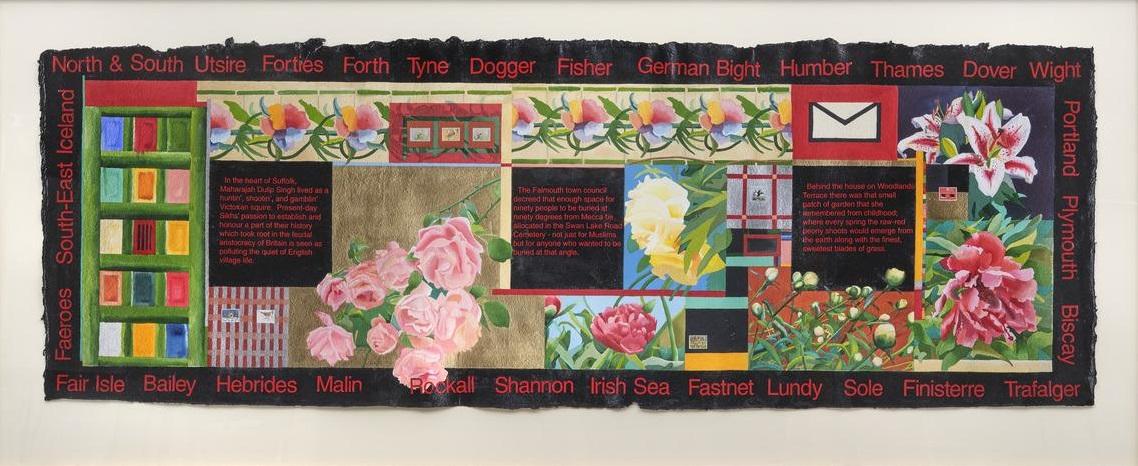
Sarindar Dhaliwal. Peonies II, 1997. Acrylic paint, opaque and translucent watercolour, metallic paint, graphite, gummed postage stamps, self adhesive vinyl lettering on handmade paper, Support: 80 × 240 cm. Collection of the Walter Phillips Gallery, Banff Centre for Arts and Creativity. © Sarindar Dhaliwal. Photo AGO.
The Lisbon floral motif also figures prominently in Peonies II (1997), one of the largest works on paper in the exhibition, stretching almost two and a half meters wide. Here, the band of multicoloured tiles runs across the top of the composition, creating a visual counterpoint to the highly detailed peonies, lilies and other flora that pepper the work. Dhaliwal’s writing is integral to her practice, and three vignettes of her historical fiction are embedded in Peonies II. At once subjective and political, the snippets of texts relate to Dhaliwal’s experience living in England as a child, reflecting on how diverse migrant groups respond to and accommodate each other. Bordering the work is a list of sections of the sea surrounding the British Isles, which the BBC used to warn sailors of inclement weather. Postage stamps and a black-and-white death notification envelope are collaged onto the surface, symbolizing communication across geopolitical spaces, and physical distance from loved ones.
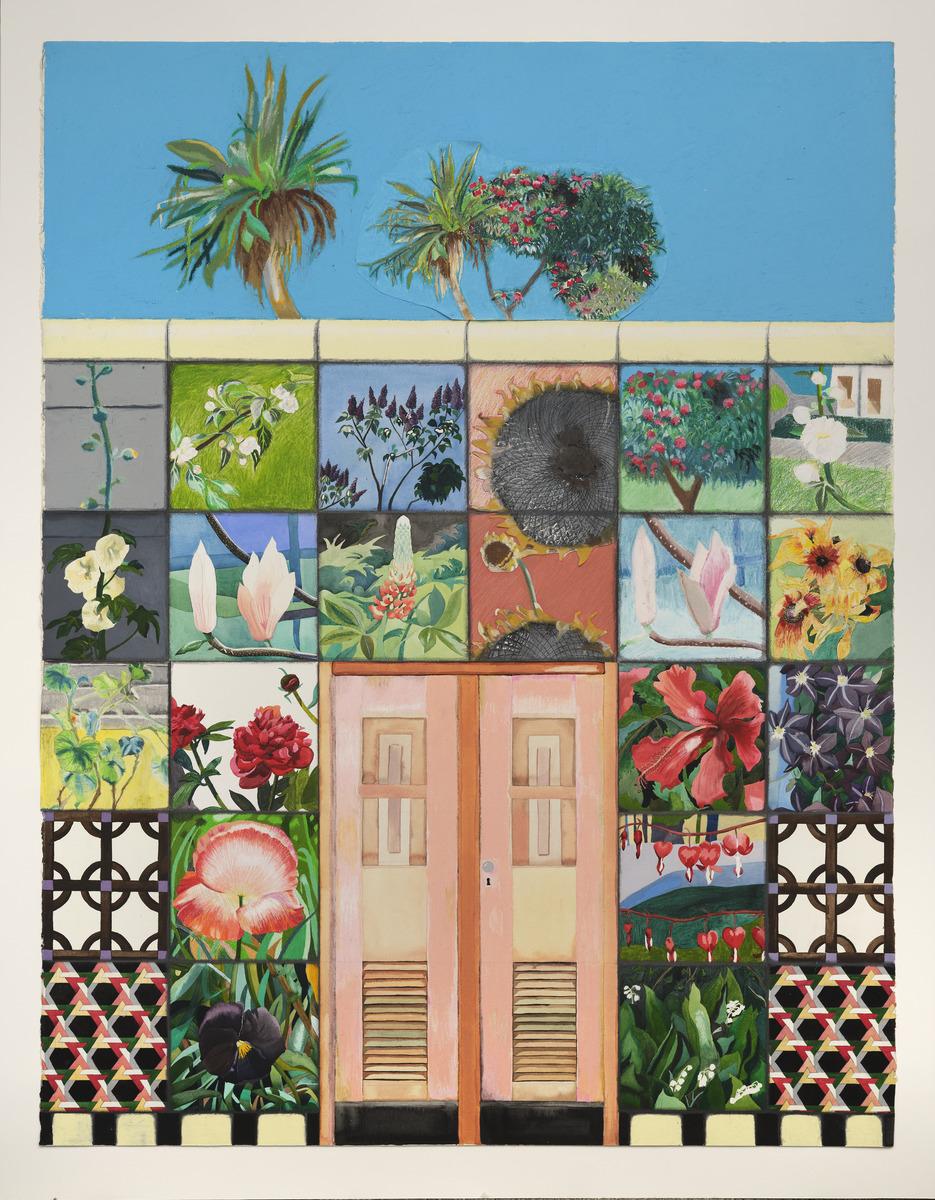
Sarindar Dhaliwal. Outside the Zanzibar Tea Gardens, 1985. Pastel, watercolour, coloured pencil, graphite with collaged elements on paper, Sheet: 132 × 102 cm. Promised Gift of Anne Koval. © Sarindar Dhaliwal. Photo AGO.
Outside the Zanzibar Tea Gardens (1985), a key work recently acquired by the AGO, depicts a tiled wall punctuated by a set of large salmon-coloured doors. Beyond the wall we see the tops of palm trees against a vibrant blue sky. Each tile in the wall shows a different type of flower or pattern, creating a surreal grid of lush vegetation and intricate geometries. The flowers depicted are ones that the artist would have liked to have in her garden, but never did. The doors—sourced from a photograph she took in Brazil—are shut. What is beyond them is unknowable.
The first work in her Zanzibar series, this drawing is a prime example of Dhaliwal’s creation of fictive spaces as a way to try to work through personal struggles of alienation, and difficult legacies of colonialism. In her PhD dissertation, the artist notes that this work: “circumvented the conventions of landscape painting but allowed me to create my own perfect garden in a literal locale; a hotel with a number of rooms that could house the various ideas I wanted to explore. It functioned as a kind of shelter where rules could be broken. I began to treat the series as a canvas on which to chart my psychological states and tell my stories.”
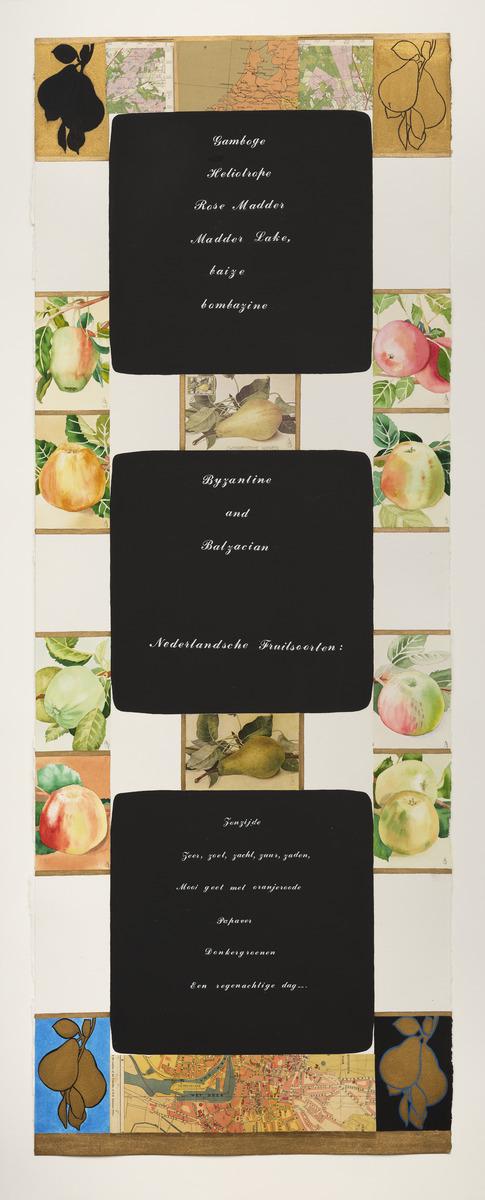
Sarindar Dhaliwal. Dutch Lessons for Donald Evans and Me, 1989. Opaque and translucent watercolour, metallic gold paint, ink, graphite printed collage elements, applied lettering on paper, Sheet: 150.7 × 57 cm. Promised Gift of Karen Smith. © Sarindar Dhaliwal. Photo AGO.
Dutch Lessons for Donald Evans and Me (1989), another work recently acquired by the AGO, similarly engages with concepts of travel, diaspora, childhood memories and fictive space. “Enchanted by the tiny watercolours of imaginary stamps by American artist, Donald Evans, who was based in Amsterdam; I found that I was borrowing from his work, as he was copying from 19th-century botanical artists,” Dhaliwal writes.“I imagined us both in the classrooms of childhood learning of apples and pears in the language of our adopted homelands”.
The elaborate renderings of apples and pears contrast with the blackboard-like squares with Dutch and English text written in white cursive script. Dhaliwal employs words deliberately to evoke nostalgia and sensations and to create ambience. The text offers no narrative; rather, our attention is drawn to the artist’s affinity for the formal and aural quality of words (“I just like the letter z,” she exclaims): baize, bombazine (both types of fabric); Byzantine and Balzacian (her interest in art history and literature); Nederlansche Fruitsoorten (Dutch Fruits); and so on.
Dhaliwal delights in the sensuousness of words, the natural world and objects around her. And yet, the aspect of joy that permeates her works is always underscored by experiences from childhood or socio-political issues that were dislocating and traumatic to the artist. The delicate balance between beauty and hardship is one that she expertly strikes in all of her work Dhaliwal writes: “Addressing difficult personal and collective narratives in lush works that employ vibrant colours and floral motifs, I can respond to colonial histories with a critical approach that maintains reverence for wonder and imagination, so that I may return beauty to the world.”
